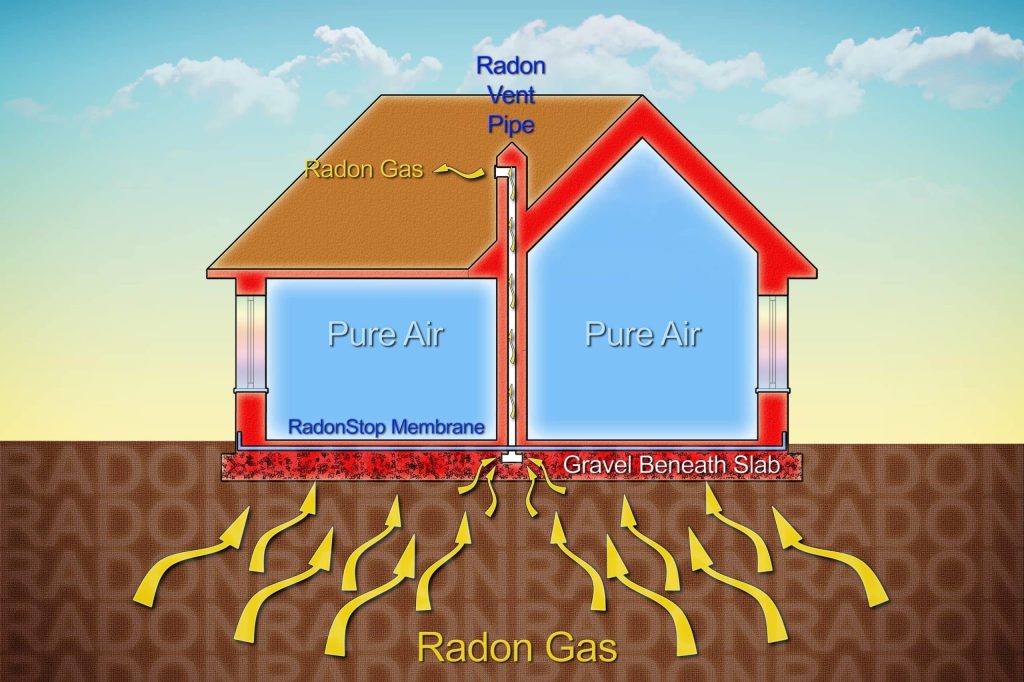Radon, a naturally occurring radioactive gas, is a silent intruder in countless homes and commercial buildings, posing significant health risks when left unchecked. In commercial settings, where occupants may spend extended periods, the need for rigorous testing and mitigation strategies is paramount. Commercial radon testing involves a multi-faceted approach that considers various factors such as building size, occupancy patterns, and ventilation systems. Unlike residential properties, commercial buildings often have complex HVAC systems and diverse usage patterns, necessitating tailored testing protocols. Key to effective commercial radon testing is the deployment of state-of-the-art detection technology capable of accurately measuring radon levels over extended periods. Continuous monitoring devices offer real-time data, enabling precise identification of radon hotspots and fluctuations. Short-term testing may suffice for initial assessments, but long-term monitoring provides a comprehensive understanding of radon dynamics within a commercial space. This prolonged observation is crucial given the variability of radon levels influenced by factors like seasonal changes and building occupancy. Moreover, integrating building dynamics into testing protocols is essential.

Factors such as air pressure differentials, ventilation rates, and building materials can influence radon ingress and accumulation. Conducting building pressurization tests alongside radon monitoring helps identify potential entry points and areas of high vulnerability. This holistic approach ensures a thorough evaluation of radon risk factors, facilitating targeted mitigation strategies. Mitigating radon in commercial settings demands a systematic approach tailored to the specific characteristics of each building. Unlike residential properties, commercial buildings often require more intricate mitigation techniques due to their size and complexity. Sub-slab depressurization systems, the most common mitigation method, may need customization to suit commercial structures with multiple levels and varied floor plans. Active soil depressurization, where radon-laden soil gases are vented outside, remains a cornerstone of commercial mitigation efforts, often supplemented by auxiliary ventilation and sealing measures. Additionally, ongoing maintenance and monitoring are critical to ensuring the long-term effectiveness of mitigation systems.
Regular inspections and performance assessments help detect any malfunctions or deteriorations promptly. Continuous monitoring of indoor radon levels provides valuable feedback on the efficacy of mitigation measures, enabling adjustments as needed and check my site https://www.cleanvapor.com/commercialradon/. This proactive approach minimizes the risk of radon resurgence, safeguarding occupants’ health and maintaining compliance with regulatory standards. Furthermore, raising awareness and promoting a culture of radon awareness among building occupants and stakeholders is vital. Education campaigns highlighting the dangers of radon exposure and the importance of testing and mitigation foster a proactive attitude towards radon management. Engaging building owners, facility managers, and tenants in the process cultivates a collective responsibility towards ensuring a safe indoor environment. Effective commercial radon testing and mitigation strategies hinge on comprehensive assessments, advanced technology, and tailored approaches. By integrating building dynamics, deploying state-of-the-art detection methods, and implementing customized mitigation measures, commercial properties can effectively mitigate radon risks. Coupled with ongoing maintenance and awareness initiatives, these strategies ensure a healthier indoor environment for all occupants.